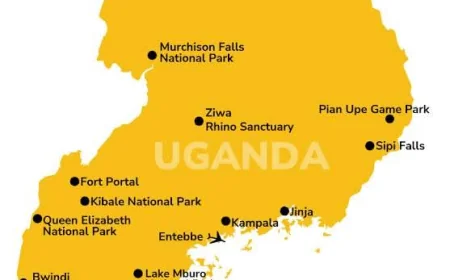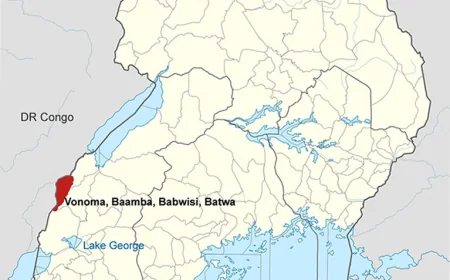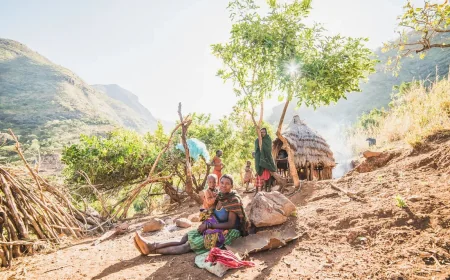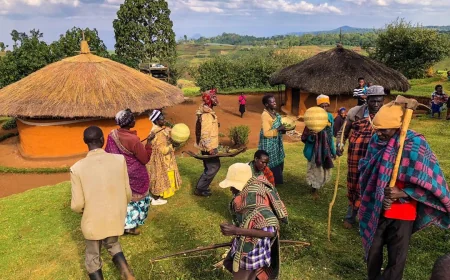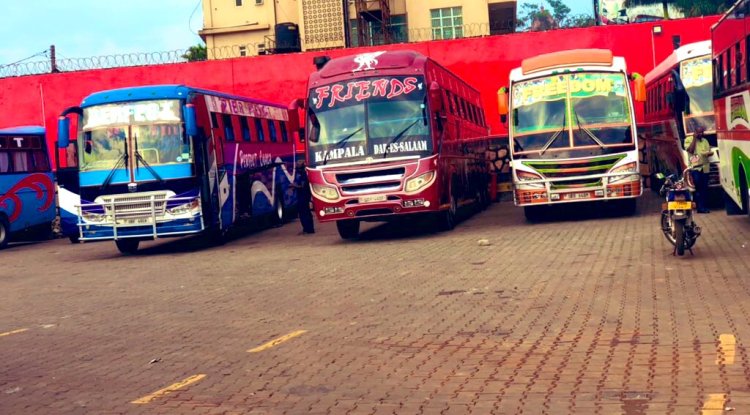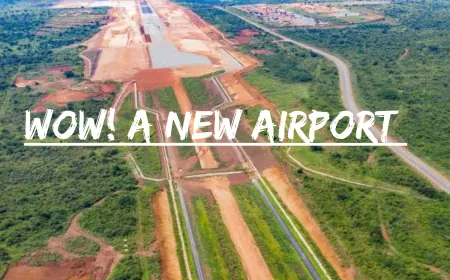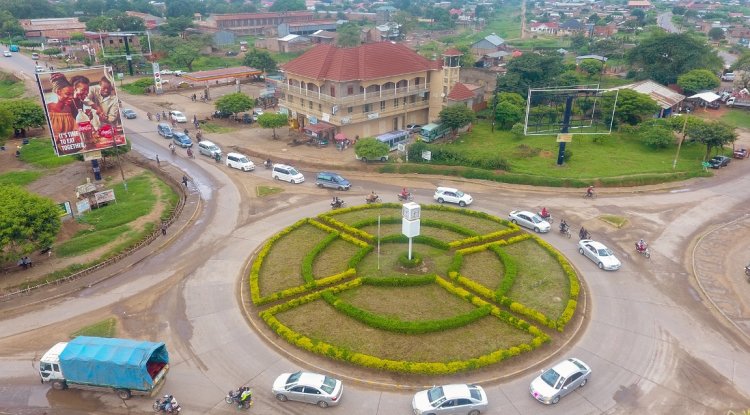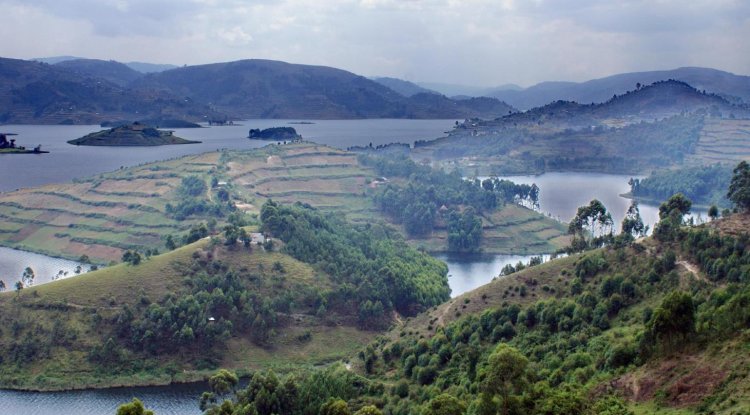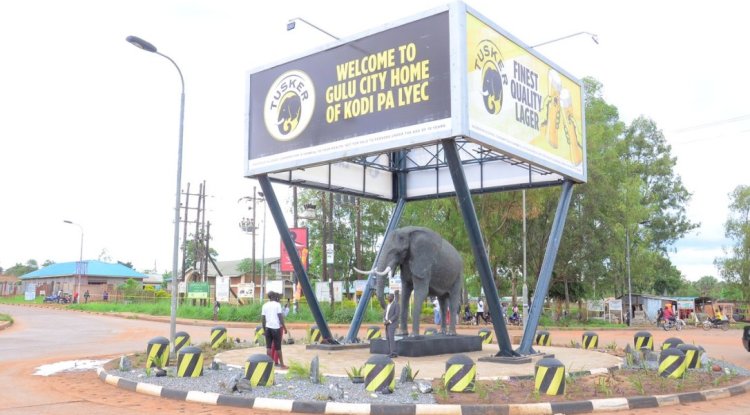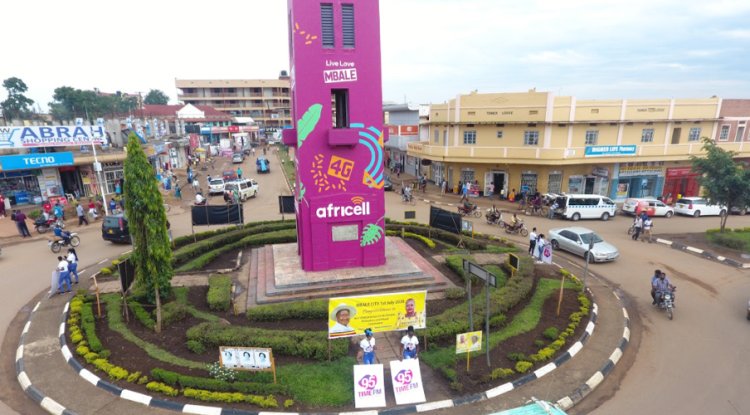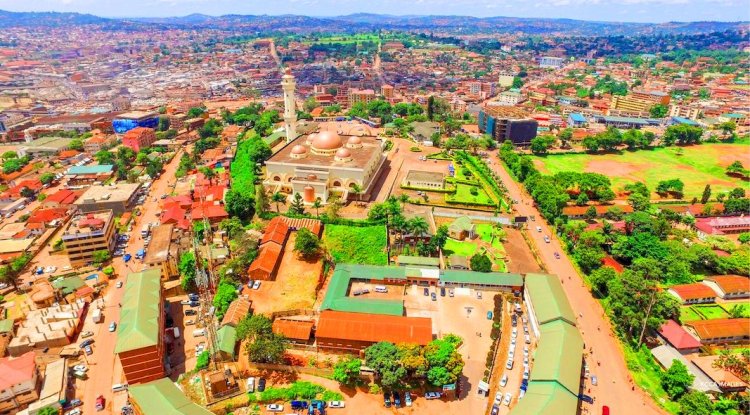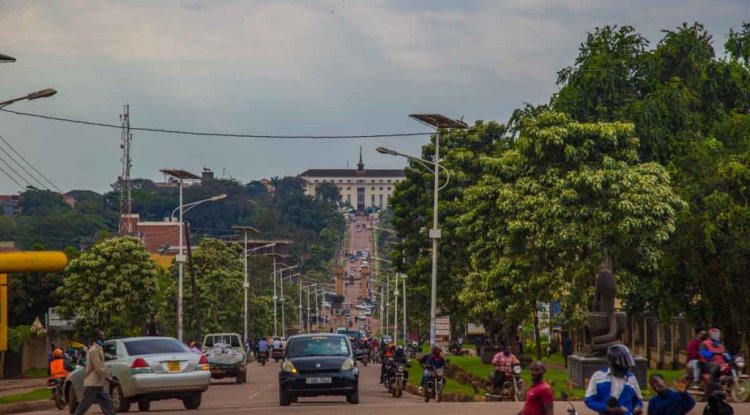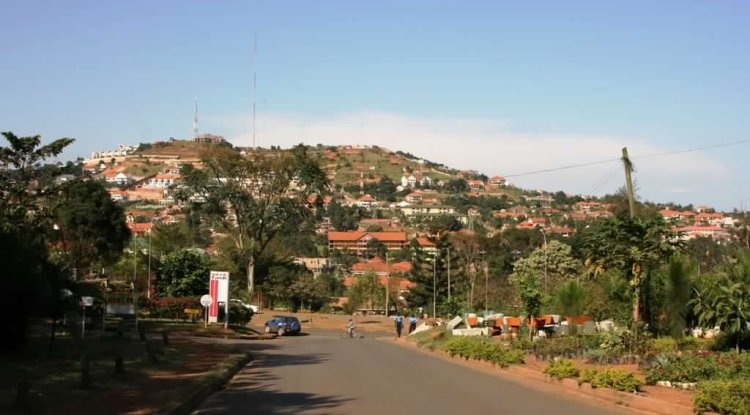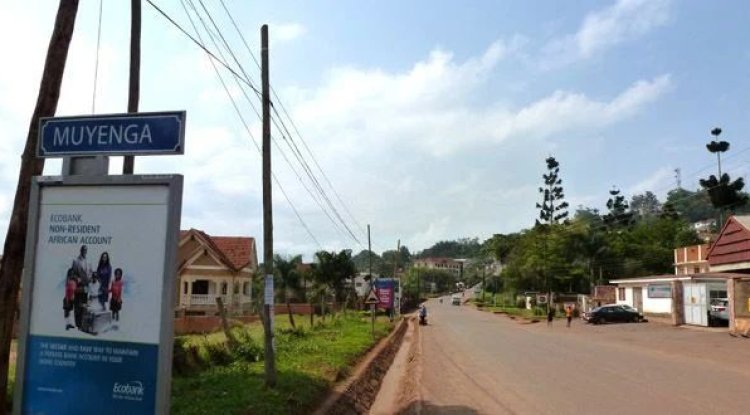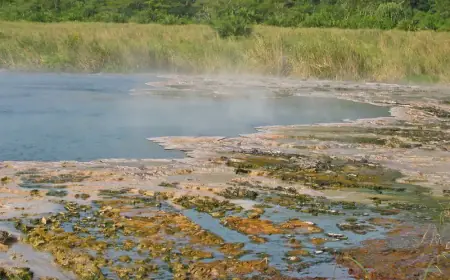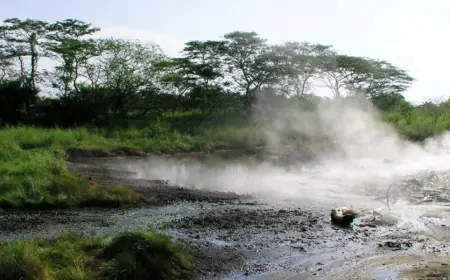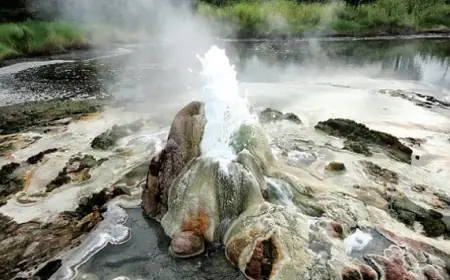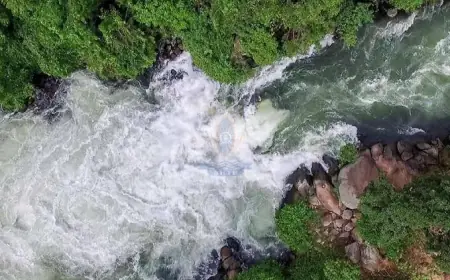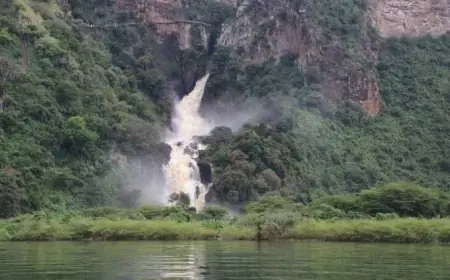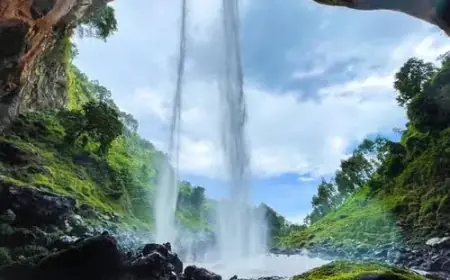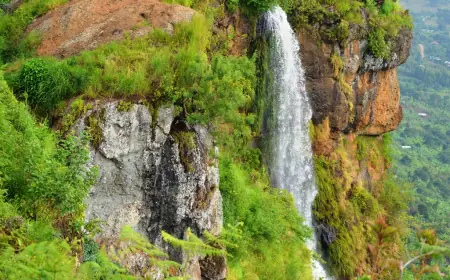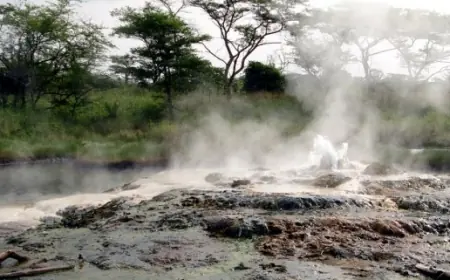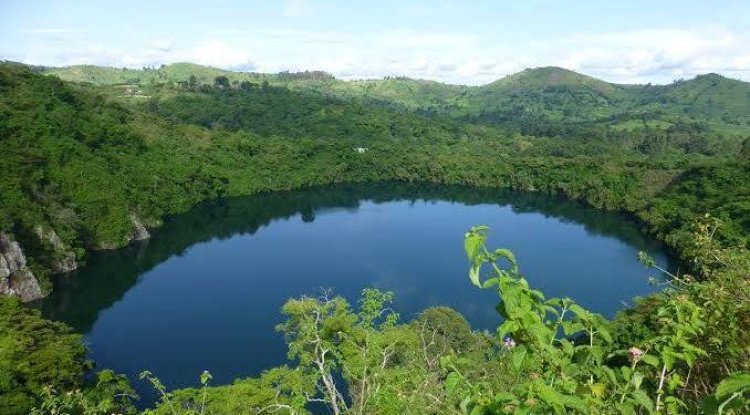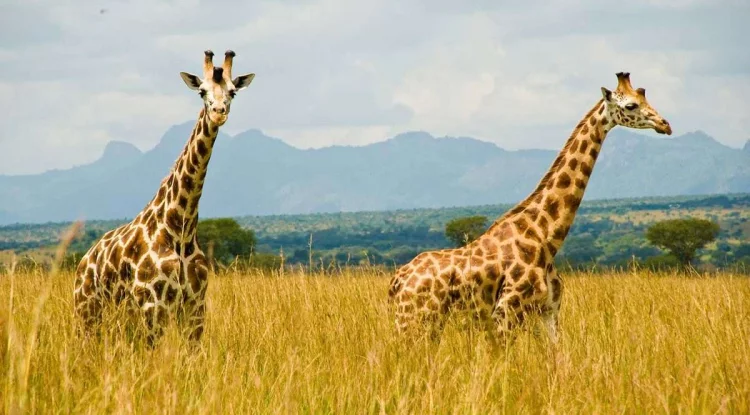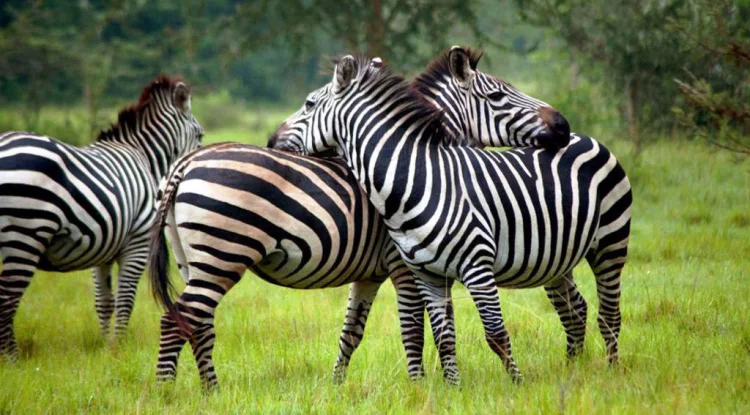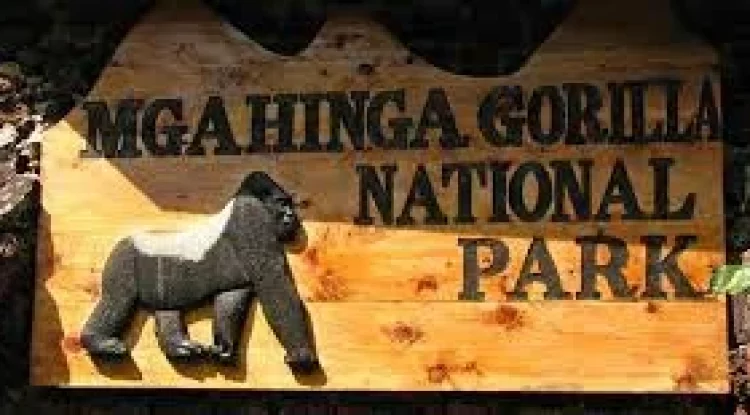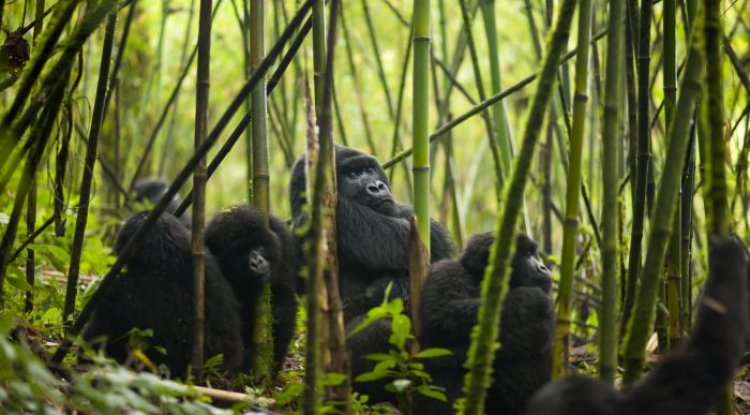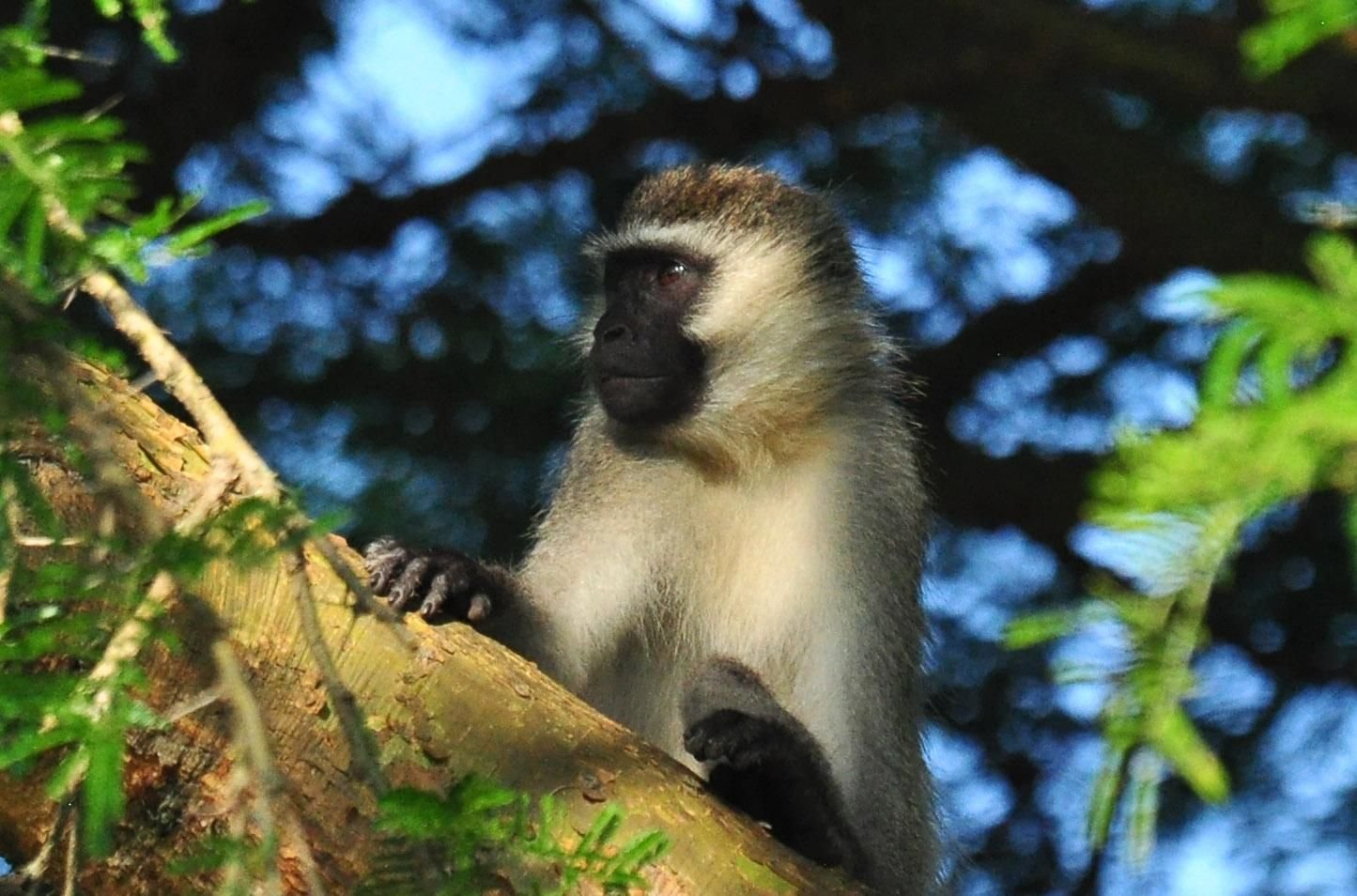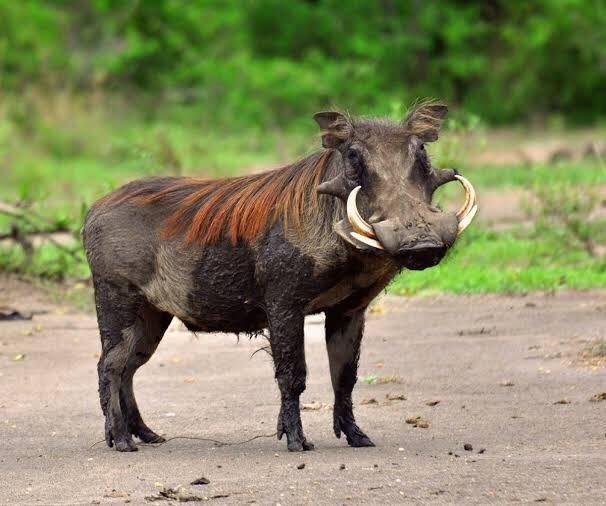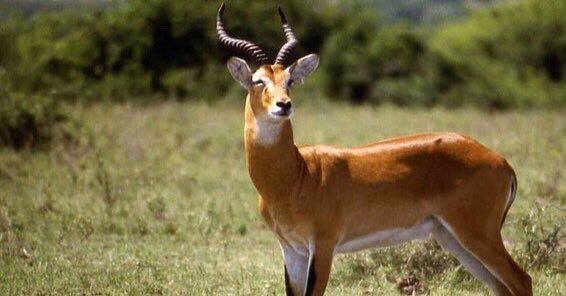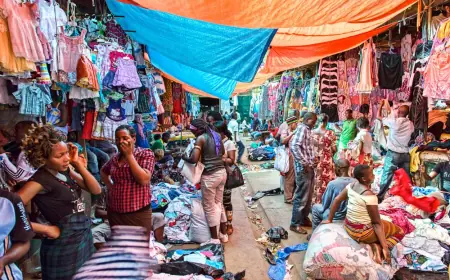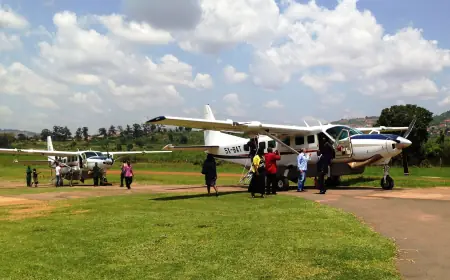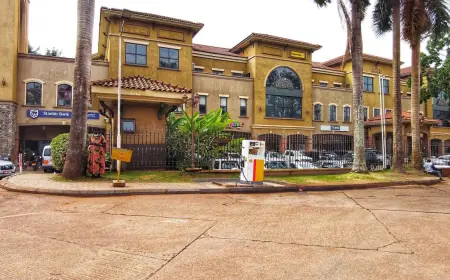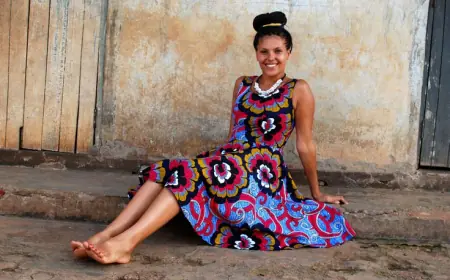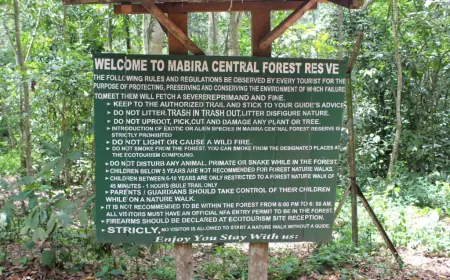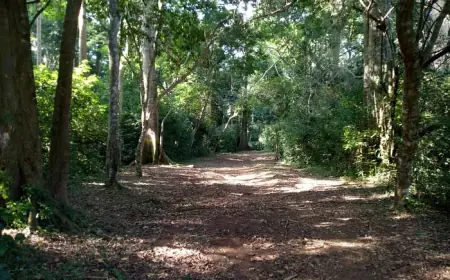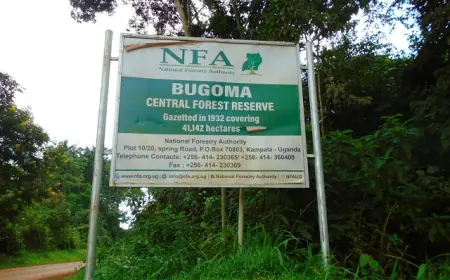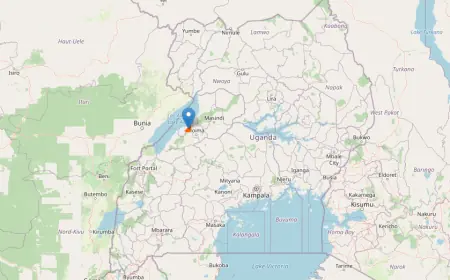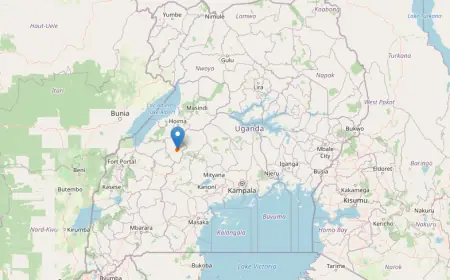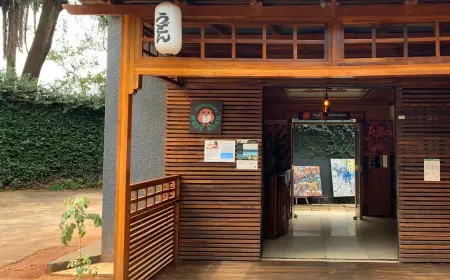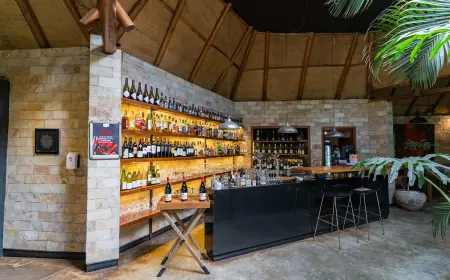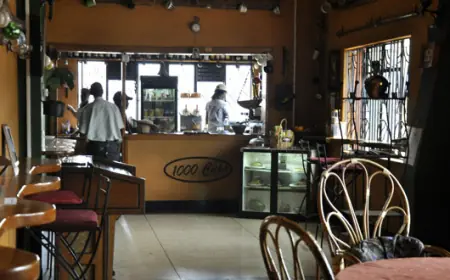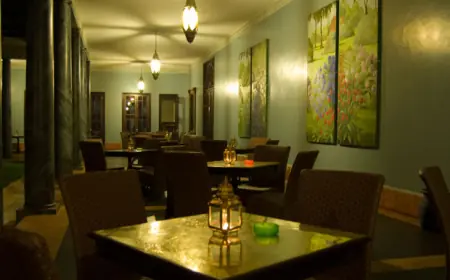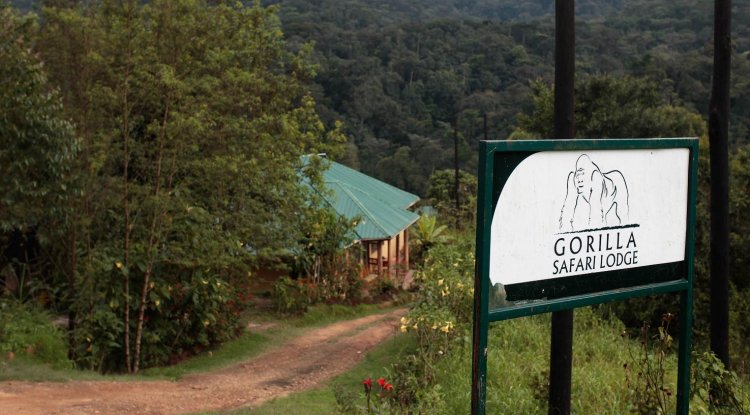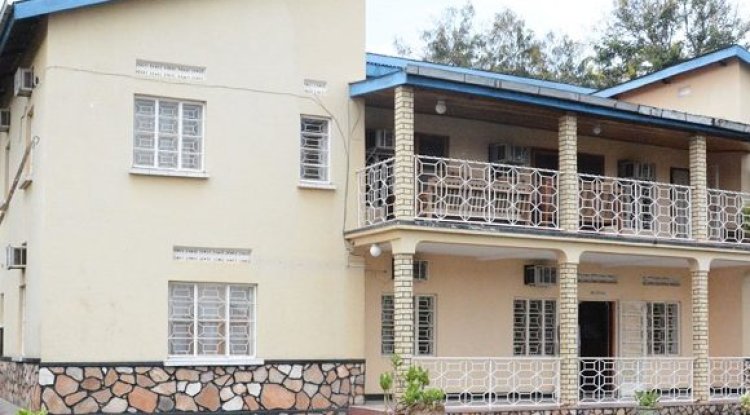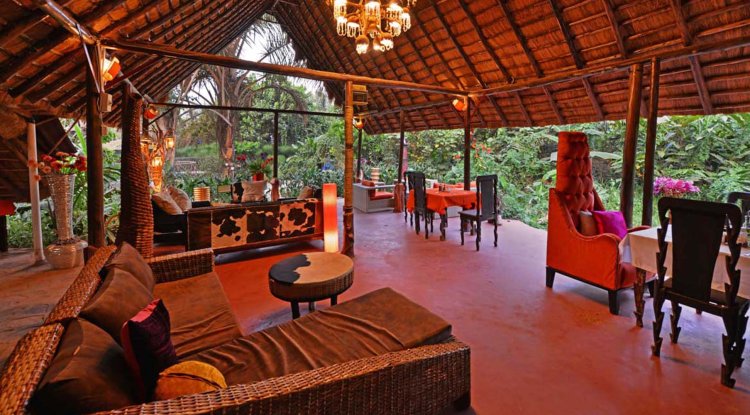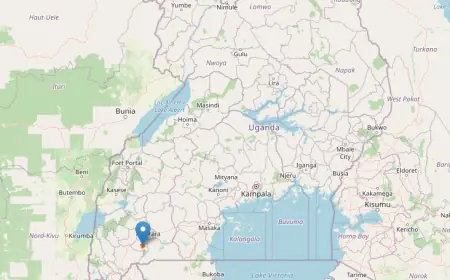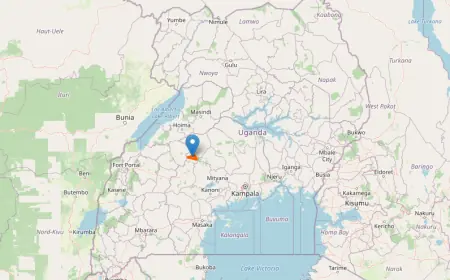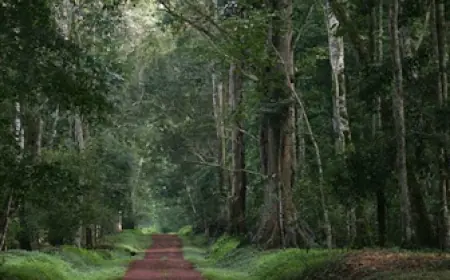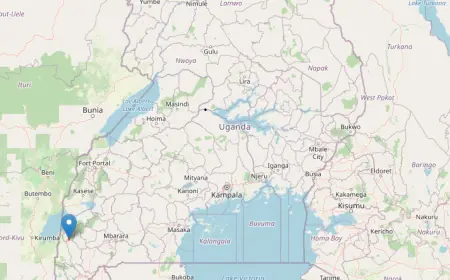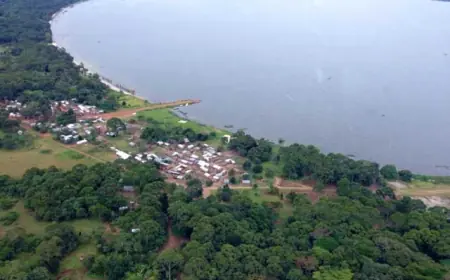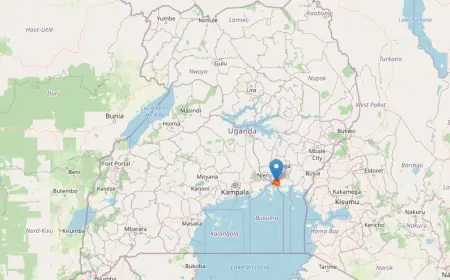Mount Kei Central Forest Reserve
Mount Kei Central Forest Reserve, formerly known as Mount Kei Rhino Sanctuary, is located in the Koboko district.
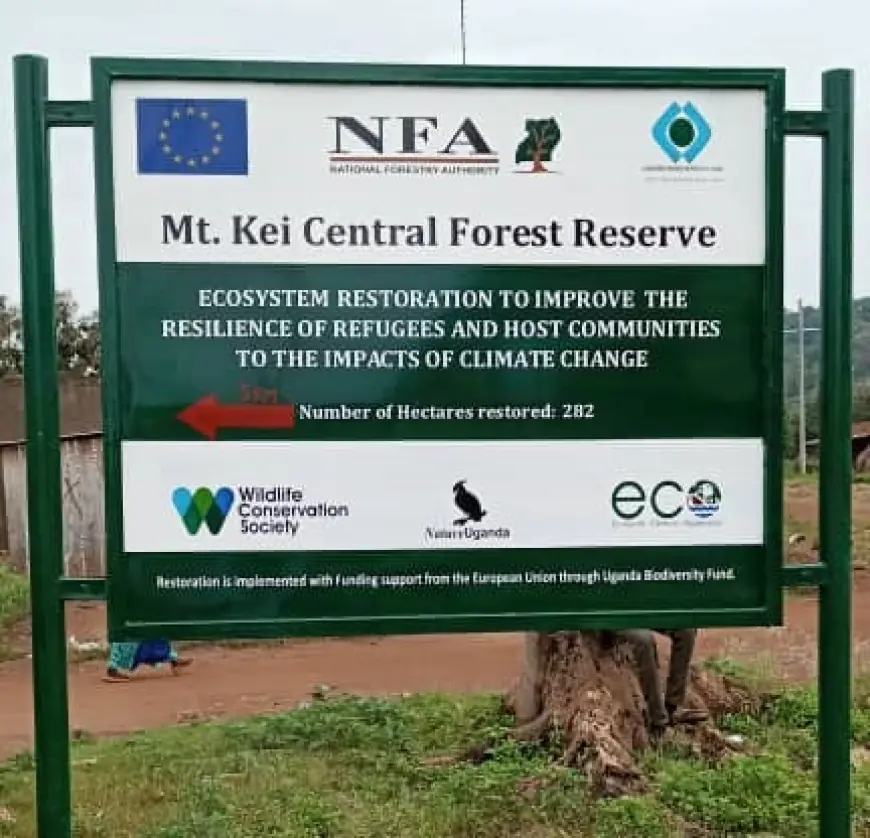
Once upon a time, in the extreme north-west of Uganda, there lay a sanctuary for rhinos—a place of refuge and protection. Today, this sanctuary has evolved into the Mount Kei Central Forest Reserve, a testament to Uganda’s commitment to preserving its natural heritage. This is not just a story about a forest reserve; it’s a story about resilience, diversity, and the harmony of life.
Location and Structure
Mount Kei Central Forest Reserve, formerly known as Mount Kei Rhino Sanctuary, is located in the Koboko district. It borders the Kaya River and the international border with Sudan in the north and the Kechi River in the east. The reserve spans an area of 384 square kilometers and is situated in the Sudan-Guinea Savanna biome.
Ecosystems and Biodiversity
The reserve is known for its diverse ecosystem, consisting of dense savanna vegetation, forest, and scrubland. It can broadly be classified into dry Combretum-Terminalia savanna and Butyrospermum savanna woodland. The reserve is home to 175 bird species, 54 moth species, 21 mammal species, 126 butterfly species, and 229 tree species. This rich biodiversity makes it a key biodiversity area of international significance.
Human Interaction and Impact
Despite its remote location, the reserve is not entirely untouched by human activities. It serves as a source of firewood, honey, construction poles, and medicinal plants for the local population. However, small-scale human activities and some agricultural encroachment along the southern border pose a threat to the reserve.
Challenges and Conservation Efforts
The persistence of war in South Sudan poses a potential danger to protected areas like Mount Kei, as it leads to a large number of refugees seeking relocation. Wildfires and agriculture are other threats to the reserve. Despite these challenges, the National Forestry Authority (NFA) of Uganda is committed to managing, demarcating, re-surveying, and maintaining all Central Forest Reserves in the country.
In conclusion, Mount Kei Central Forest Reserve is more than just a forest; it’s a symbol of Uganda’s rich biodiversity and a beacon of hope for conservation efforts. As we continue to tell its story, we also echo the call for its preservation for future generations.
What's Your Reaction?
 Like
1
Like
1
 Dislike
0
Dislike
0
 Love
0
Love
0
 Funny
0
Funny
0
 Angry
0
Angry
0
 Sad
0
Sad
0
 Wow
0
Wow
0
